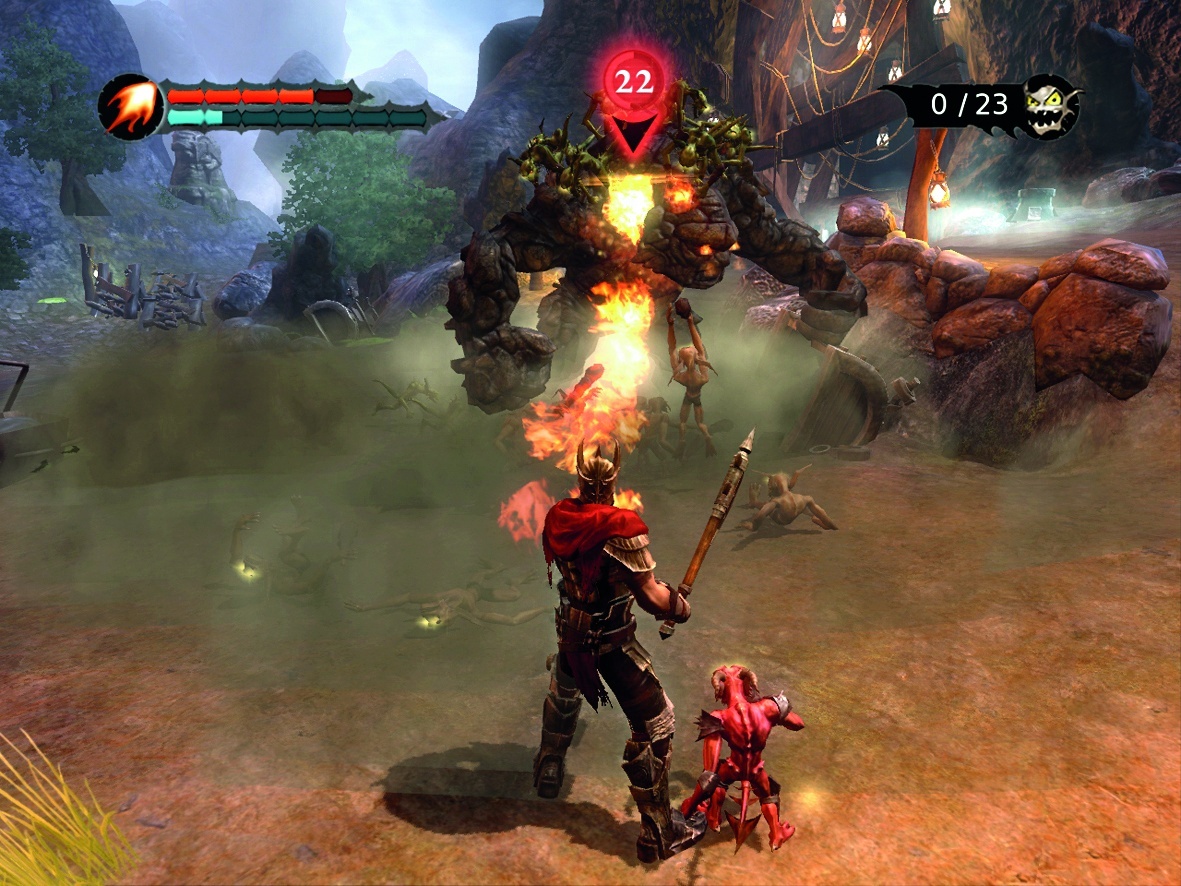
The concept was developed throughout the nineteenth century with characters such as Wagner's Alberich or Stoker's Dracula, before crystalizing in 1954 with the character of Sauron in Tolkien's epic fantasy novel The Lord of the Rings, from which the archetype most often takes its name. There is a wealth of literary, folkloric, and theological precedent for the idea of a dark lord, including the Celtic Balor, the Christian Lucifer, (known in Latin as the Princeps Tenebrarum, the Prince of Darkness in Milton's Paradise Lost) and various other chthonic figures or evil kings and sorcerers. As the name implies, a dark lord is characterized as a given setting's embodiment of evil, darkness, or death (either metatextually or as literal figure within a work's mythopoeia) in a position of immense power, most often as a leader or emperor with a variety of minions and/or lesser villains at their disposal to influence their conflict against a heroic protagonist in a primarily indirect way, though they may additionally be depicted as wielding great physical or magical capabilities should a hero ever confront them personally.

The term and similar concepts enjoy widespread popularity as a stock character and a generic villainous moniker in fantasy and related genres as well as in literary analysis of such works. depending on the work) is an antagonistic archetype, acting as the pinnacle of villainy and evil within a typically heroic narrative.

In fiction and mythology, a dark lord (sometimes capitalized as Dark Lord or referred to as an Evil Overlord, Evil Emperor etc.

For other uses, see Dark Lord (disambiguation).


 0 kommentar(er)
0 kommentar(er)
